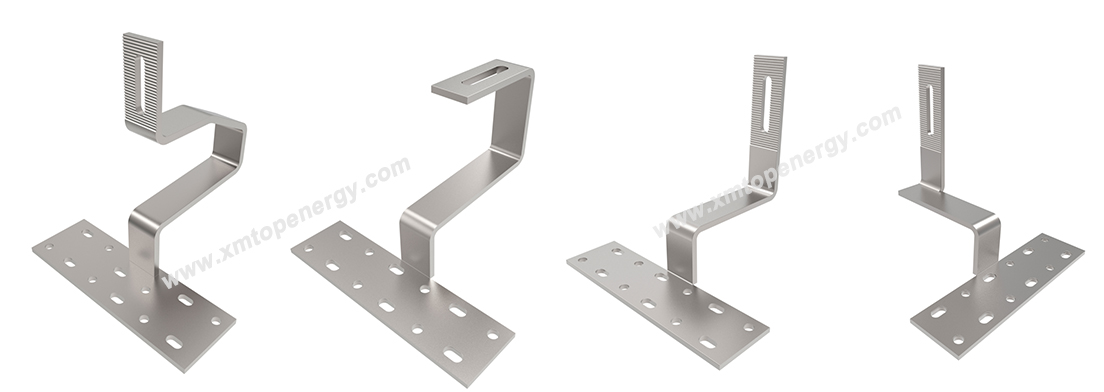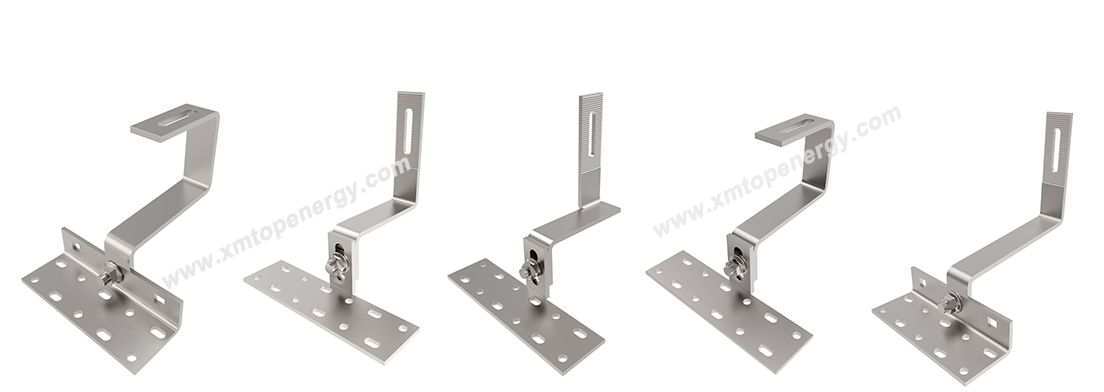In the modern world, as concerns about climate change and energy sustainability continue to grow, many homeowners, businesses, and municipalities are seeking eco-friendly solutions. Solar carports have emerged as a game-changing option, combining the functional benefits of traditional carports with the innovative power generation of solar panels. These structures are not only a sustainable energy solution but also offer a range of other advantages, from maximizing space to reducing energy costs.

What is a Solar Carport?
A solar carport is a type of canopy structure designed to protect vehicles from the elements while simultaneously harnessing the power of the sun. Solar panels are installed on the roof of the carport, generating renewable energy that can either be used on-site or fed back into the grid. This is a perfect example of how solar energy can be integrated seamlessly into everyday infrastructure.
Solar carports have gained popularity due to their ability to serve as both a shelter for vehicles and an energy-generating system. The electricity generated can power homes, businesses, or electric vehicles (EVs), providing a sustainable, renewable, and cost-effective energy source.
Several factors contribute to the growing demand for solar carports:
Maximized Space Utilization: Solar carports allow property owners to make the most of available space. Unlike traditional rooftop solar systems that require additional roof area, solar carports can be installed in parking lots, driveways, or even commercial and industrial properties, utilizing space that would otherwise be underused.
Reduced Energy Bills: By generating electricity from solar energy, solar carports can significantly lower energy costs. Excess energy can be stored in batteries for later use or sold back to the grid, providing potential savings and a source of income.
EV Charging: Many modern solar carports are designed with electric vehicle charging stations integrated into the structure. As the popularity of EVs grows, having a solar-powered charging station in your carport is a forward-thinking and sustainable investment.
Environmental Benefits: Solar energy is a clean, renewable resource that helps reduce dependence on fossil fuels. By generating your own solar power, you contribute to reducing greenhouse gas emissions, mitigating climate change, and supporting a greener future.
Durability and Long-Term Savings: Solar carports are built to last. These structures are designed to withstand a variety of weather conditions, including heavy snow loads and high wind speeds. Additionally, many solar carports come with long warranties and require minimal maintenance.

Types of Solar Carport Structures
There are different types of solar carport structures to meet varying needs and preferences. Below, we highlight some of the most common types:
BIPV (Building-Integrated Photovoltaic) Solar Carport
Building-Integrated Photovoltaics (BIPV) are solar panels that are integrated directly into the structure of the carport itself. Rather than being mounted on top, BIPV systems are embedded within the materials of the carport, offering an aesthetically pleasing and seamless design. BIPV carports not only provide energy generation but also enhance the architectural appeal of the space, making them a popular choice for design-conscious property owners.
Aluminum Alloy Solar Carport
Aluminum alloy solar carports are favored for their lightweight, corrosion-resistant, and durable properties. Aluminum is naturally resistant to rust and weathering, making it an ideal material for outdoor applications. Aluminum solar carports are also easier to manufacture and install, offering flexibility in design and construction. These carports are particularly well-suited for areas with harsh weather conditions or coastal environments, where corrosion is a concern.
Carbon Steel Solar Carport
Carbon steel solar carports are made from high-strength steel, offering superior stability and load-bearing capacity. These structures are particularly well-suited for large-scale installations in areas that experience extreme weather conditions, such as heavy snowfall or strong winds. Carbon steel offers long-lasting performance and robustness, making it a great choice for high-performance solar carports that need to withstand the test of time.

Custom Solar Carports from Xiamen TopFence Co., Ltd.
At Xiamen TopFence Co., Ltd., we provide comprehensive solar carport solutions to meet your unique needs. Whether you're interested in a BIPV carport, an aluminum alloy carport, or a carbon steel carport, we offer tailored designs that suit both residential and commercial applications. Our carports are designed to provide maximum durability, functionality, and energy efficiency.
Beyond the structure itself, Xiamen TopFence specializes in complete solar systems. We offer integrated solutions, including high-quality solar panels, inverters, and storage systems, ensuring that your solar carport performs at its best. With years of experience and a commitment to excellence, we make it easy for you to transition to clean, renewable energy.
Benefits of Choosing Xiamen TopFence Solar Carports
· Comprehensive Design: We offer full-service solutions, from custom design to installation, ensuring your solar carport meets your specific needs and preferences.
· High-Quality Materials: Our carports are made with high-grade materials such as aluminum alloy, carbon steel, and BIPV technology, ensuring long-lasting performance and superior energy generation.
· Turnkey Solar Systems: In addition to the structure, we provide fully integrated solar systems, including solar panels, inverters, and batteries. This ensures a seamless, hassle-free installation experience.
· Eco-Friendly: Choosing a solar carport means reducing your carbon footprint while contributing to a cleaner, greener planet.
Conclusion: A Smart Investment for a Sustainable Future
Solar carports are an innovative and practical solution for homeowners and businesses looking to embrace renewable energy. By installing a solar carport, you can make better use of available space, reduce energy bills, and contribute to a more sustainable future. With Xiamen TopFence Co., Ltd., you can trust that you are receiving high-quality, durable solar carports designed to meet all your needs, whether you’re looking for BIPV, aluminum alloy, or carbon steel structures. We not only provide the carport but also offer integrated solar solutions, making it easier than ever to switch to clean, green energy.












